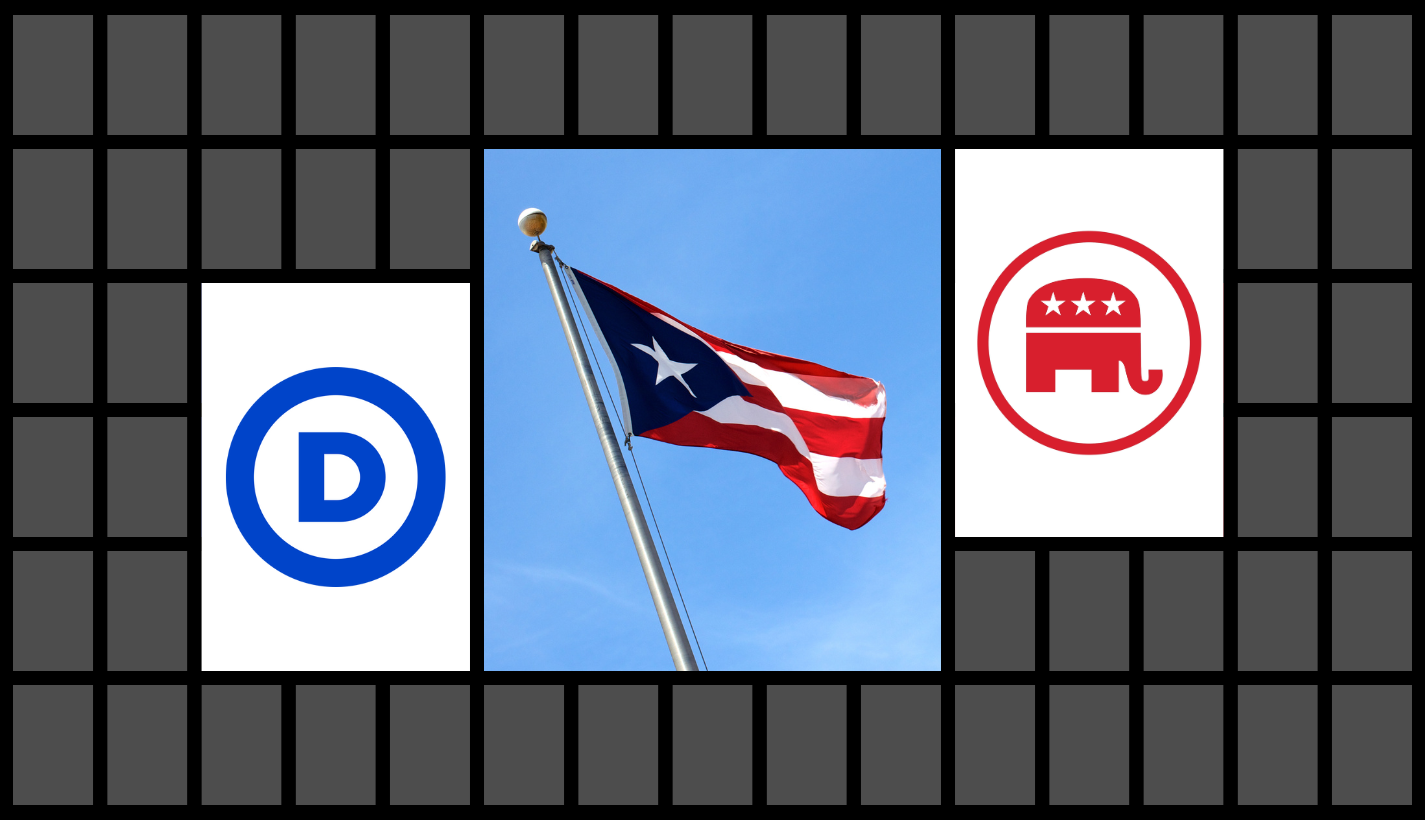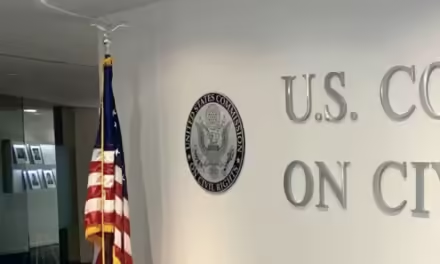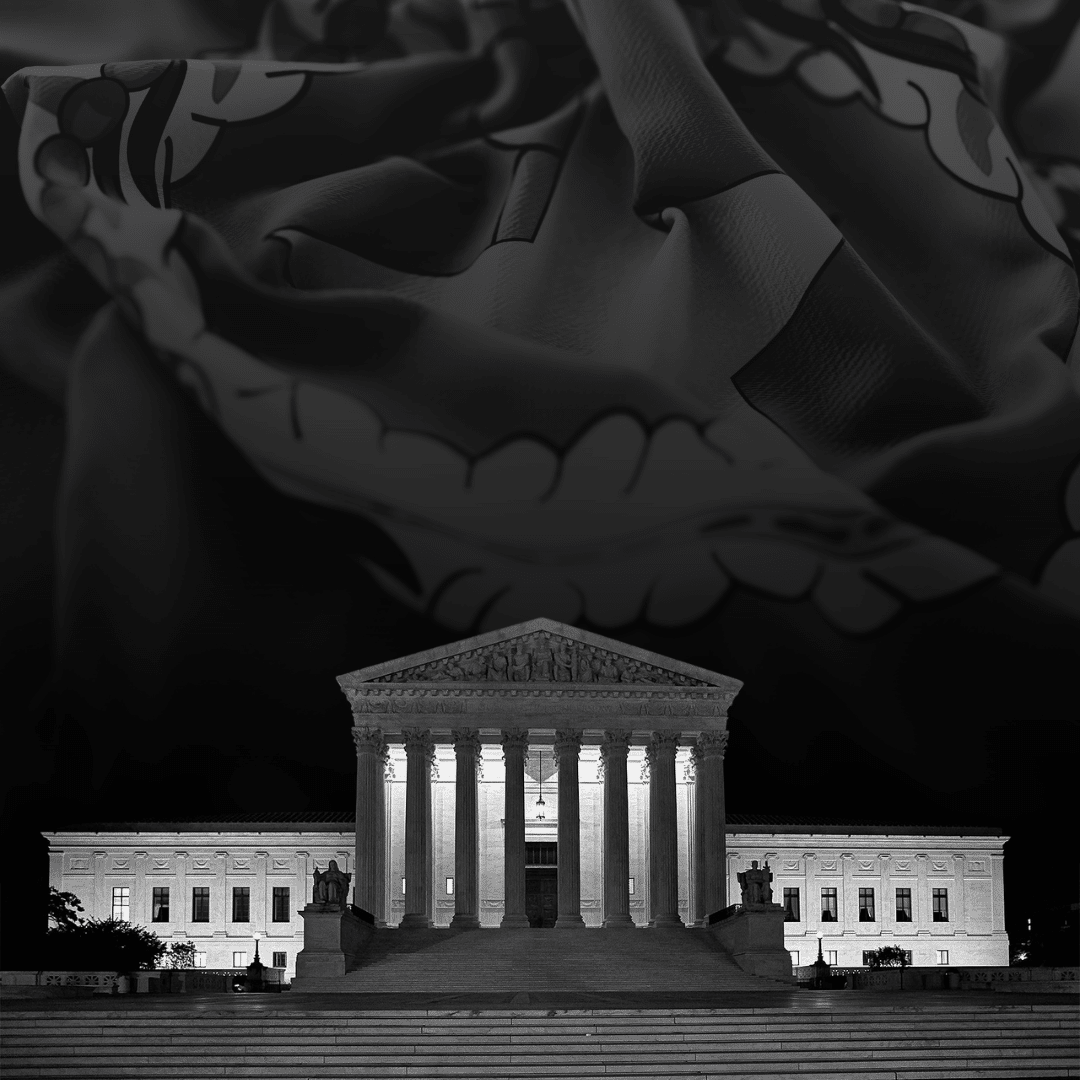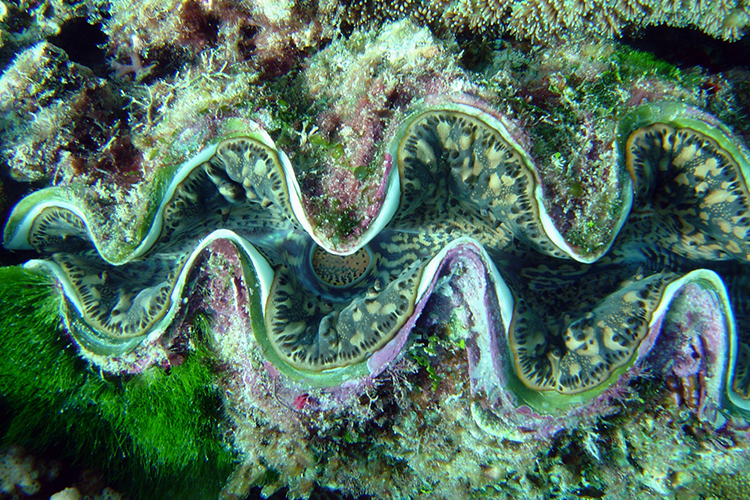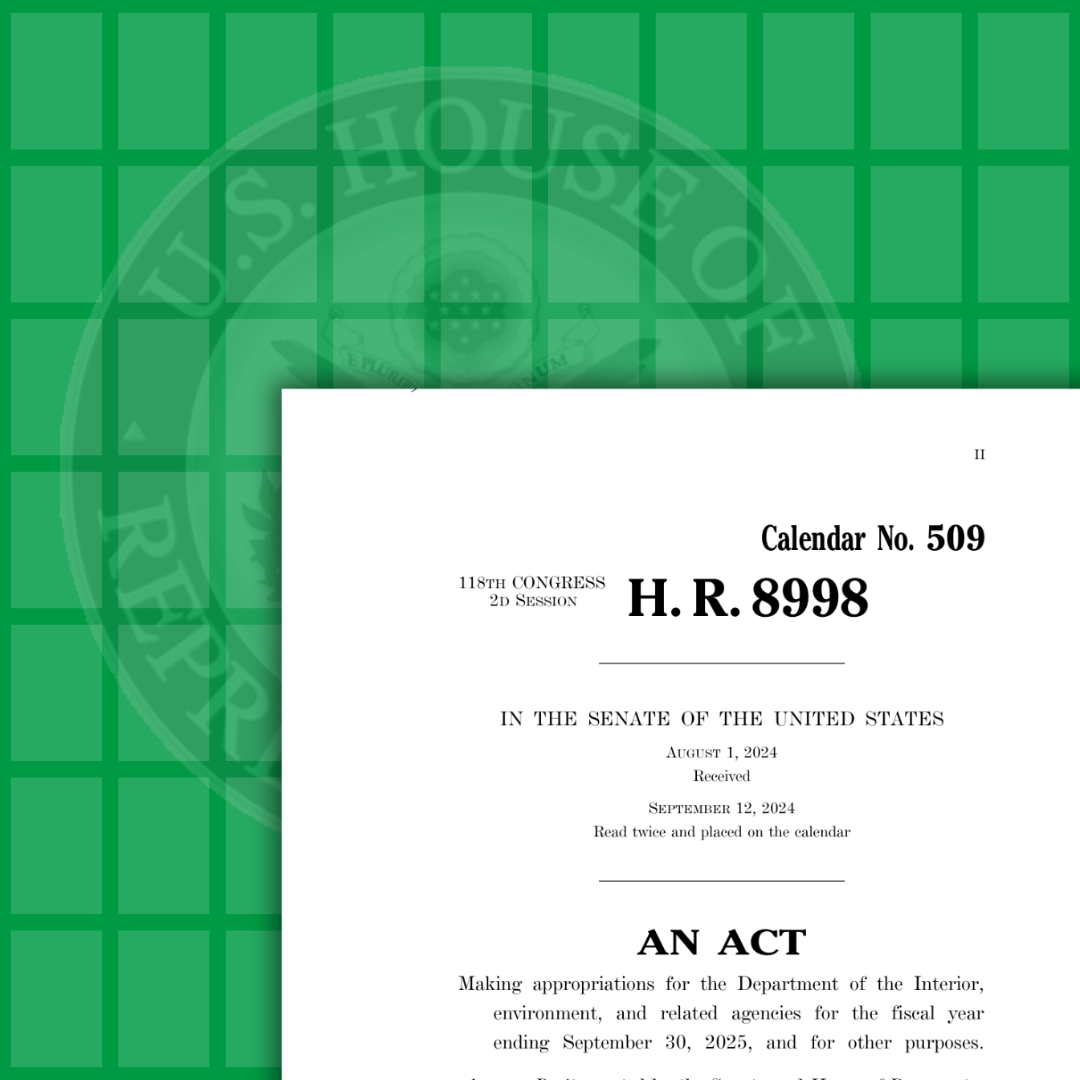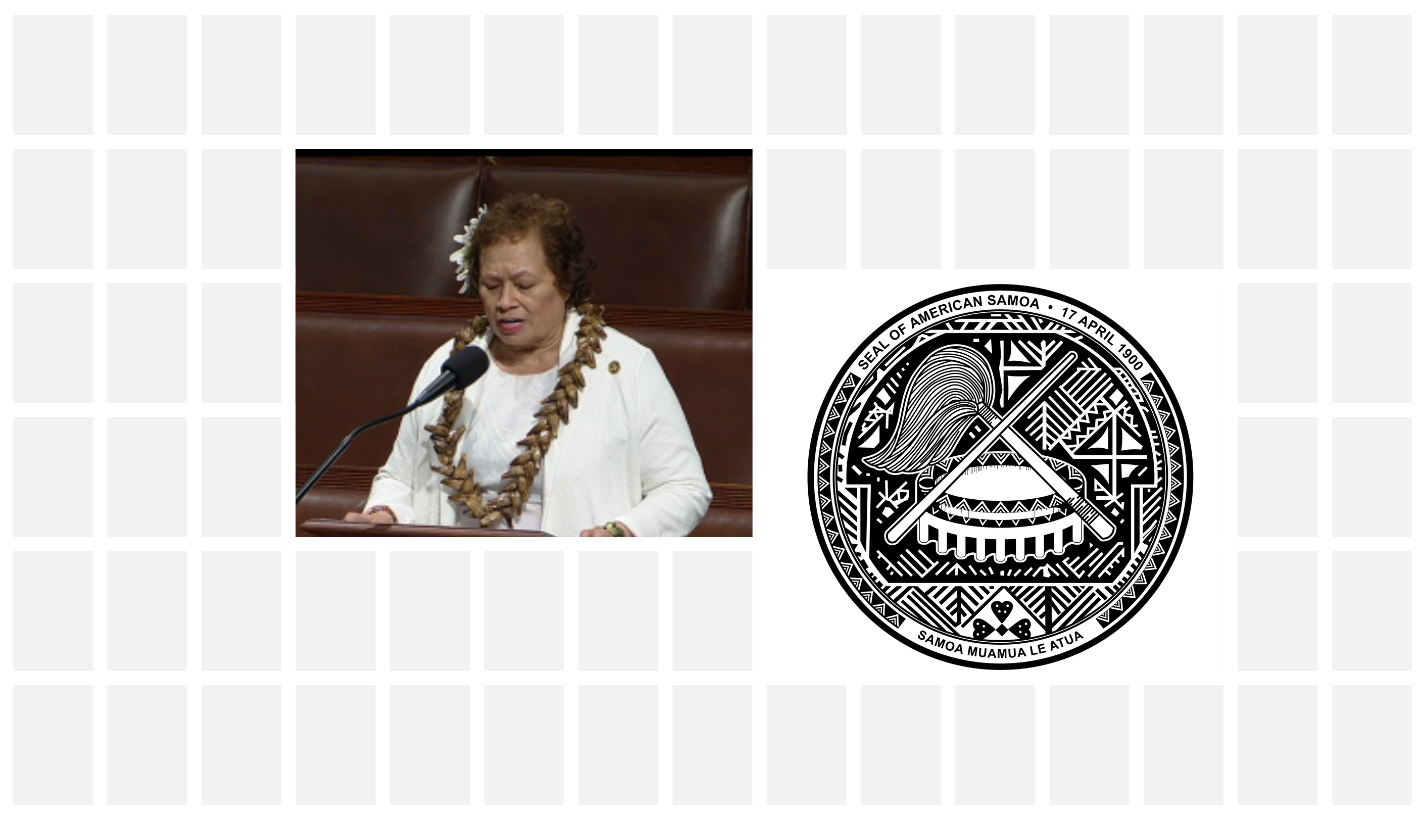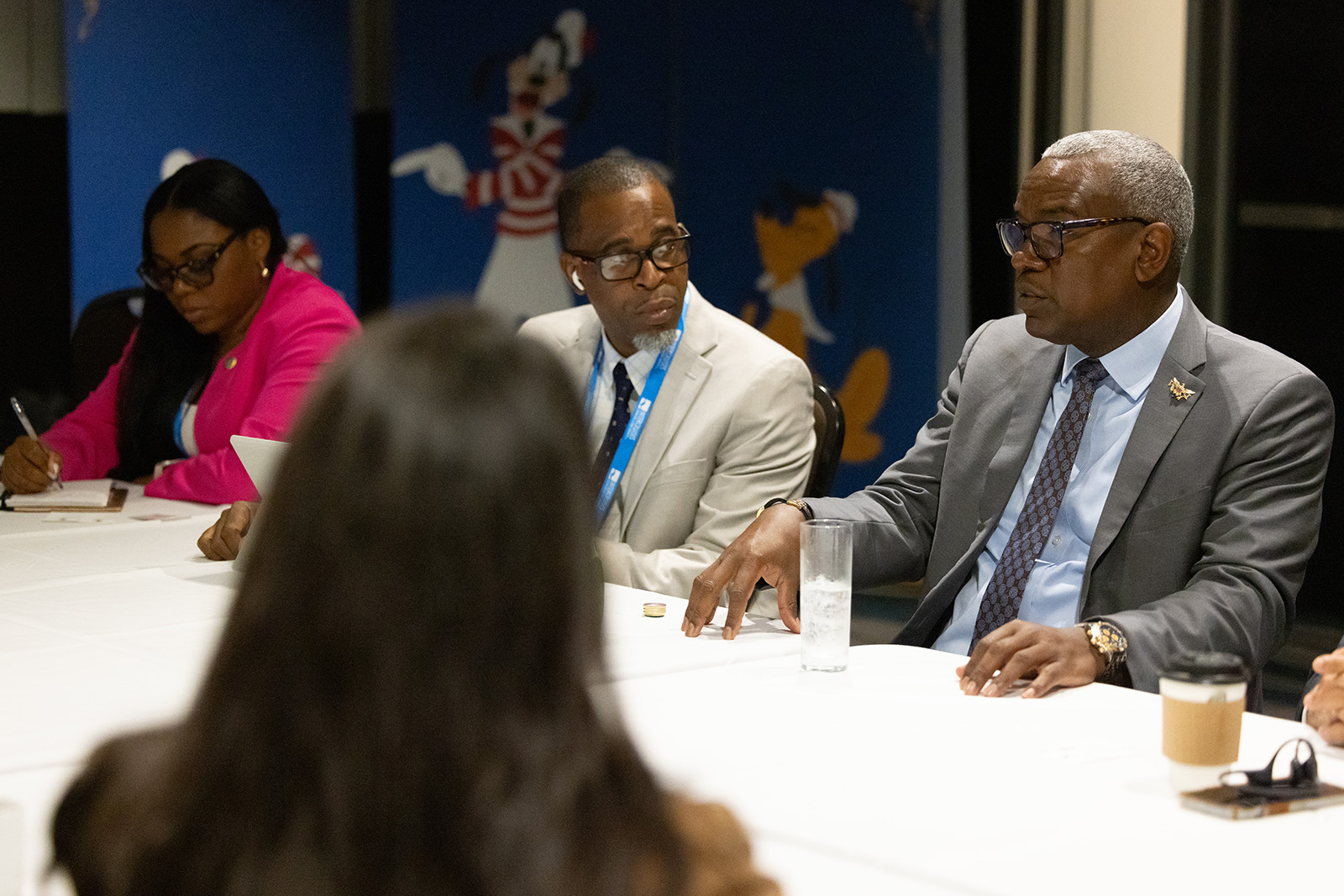Not many Americans know about the Puerto Rican Independence movement. In many ways, it appears as though the violent struggle for sovereignty never took place. The height of the independence movement took place during the first half of the twentieth century and was led by Nationalist Party president and professor Pedro Albizu Campos. He was, however, imprisoned for twenty six years and so relied on other high ranking Nationalist Party members to run the rebellion.
One of these members was Blanca Canales Torresola, one of two famous, high-ranking women in the Nationalist Party. The other was Lolita Lebrón who led an attack on the U.S. House of Representatives in 1954 which gained international attention. Canales led the attack at Jayuya, which were part of a larger attack called the October Revolution (October 30, 1950). The Gag law (Public Law 53) in 1948, which banned speech on any topic related to independence and the effective stranglehold the U.S. government had on the media in Puerto Rico, violence and injustice throughout the independence movement was underreported, if it was reported at all. If news of any violence ever reached the mainland, it was explained away as violence between different groups of Puerto Ricans, rather than the violent repression of a nascent democratic political society.
Canales was only twenty-four in 1950. She had spent the time from her college graduation until 1950 organizing the Daughters of Freedom, the female-only wing of the Cadets of the Republic, the Nationalist Party’s army. However when the time came, she stepped into the role of general. Canales created a veritable weapons cache in her home and planned the Jayuya Incident, as it was later called by the U.S. military. Canales is likely the only, or one of the only women to lead a revolt against the United States, which in it of itself makes her remarkable. The Jayuya Uprising was the most notable of the several which took place on October 30. Canales was not directly involved in the fighting, instead stationing herself in the town square to raise up the Puerto Rican flag (illegal to own, because of the aforementioned Gag Law) and gave a rousing speech in the middle of the town square which declared Puerto Rico to be a free republic. The rebels fruitlessly defended the town for three days before the U.S. military overwhelmingly crushed the Nationalists with “U.S. bomber planes and on land with heavy artillery” wielded by the U.S. National Guard, as Juan Antonio Ocasio Rivera wrote.
Once the U.S. had retaken Jayuya, the leaders of the October Revolution were rounded up, tried, and sent to jail. Canales was no different. She was charged with killing a police officer, wounding three others, and burning down a post office (her supporters deny the murder charges). She was sentenced to life in prison plus sixty years to be served at Alderson Federal Prison Camp in West Virginia, the same prison where Lebrón was later sent. In 1956 Canales was transferred to a prison in Puerto Rico. In 1967 she was granted a full pardon by Governor Roberto Sanchez Vilella after spending seventeen years of her life incarcerated. Canales remained a committed and vocal independence advocate until her death in 1996.
Blanca Canales and her role in the October Revolution provide an interesting peek into a culture that is traditionally thought to have clearly delineated gender roles, primarily because of Spanish and Catholic influences. However the lack of scholarship and attention to Canales’ life shows the propensity of academia and history to ignore the accomplishments of women, especially those on the losing side of a battle. The question of independence has not fully gone away, with over five percent of Puerto Ricans voting in favor in the 2012 referendum, but the debate has mostly shifted away from the question of independence to that of statehood.

